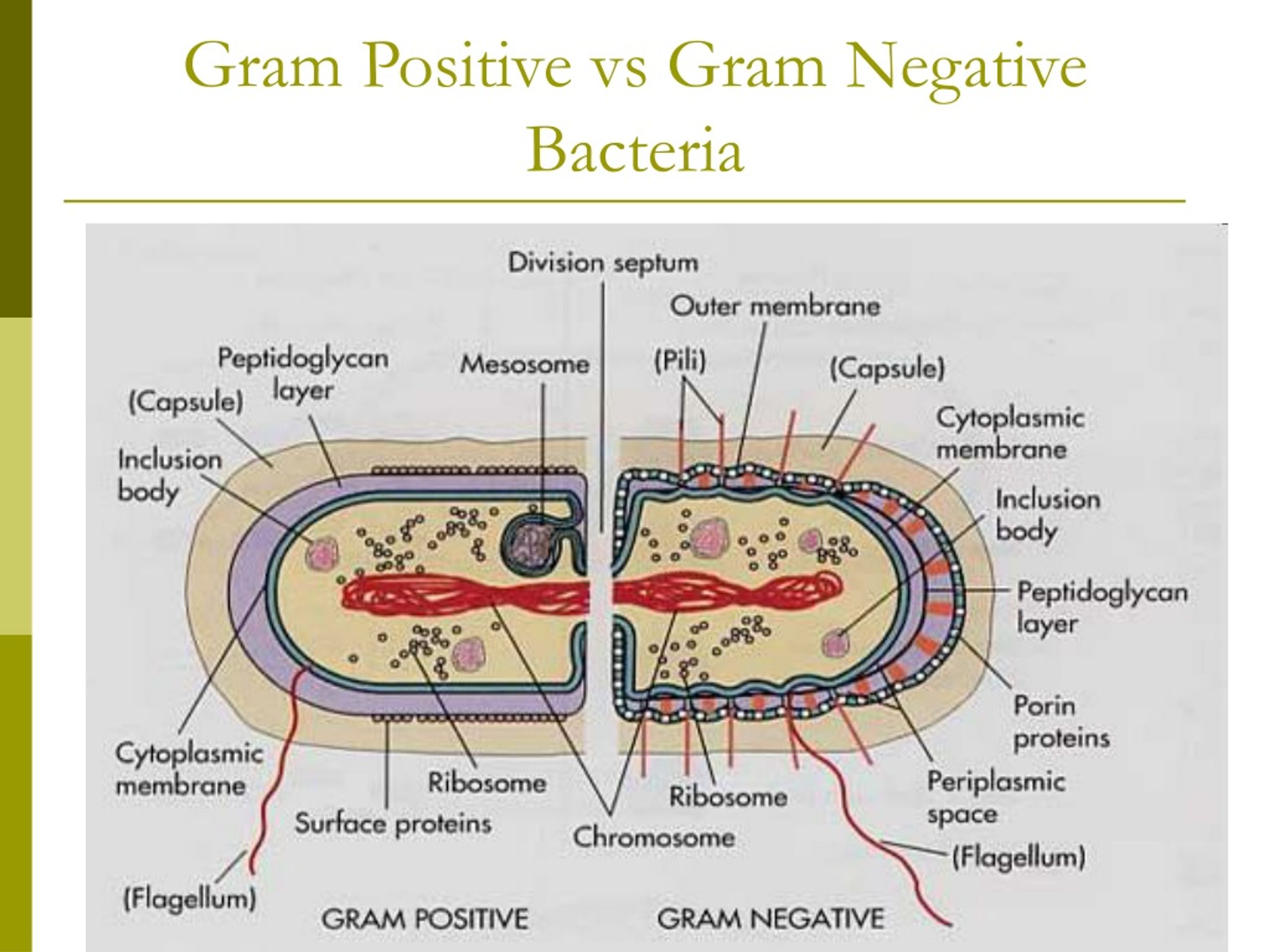
monoliformis on solid media is equally challenging. Notice the faint, pleomorphic rods with bulbar swellings (highlighted by the arrow). Additionally, this organism may not always Gram stain successfully and alternative methods like the Acridine Orange stain may need to be considered. If the organism does not grow in the blood culture, then a Gram stain cannot be made. If given the patient history, it is possible to make a presumptive diagnosis of Rat Bite Fever from the Gram stain and history alone. The Gram stain from solid media will show tangled Gram-negative rods that often have bulbar swellings and are variable in shape and size. monoliformis is incredibly characteristic. Why does it matter that the organism grows in the blood culture bottle? There are 3 important reasons: monoliformis is on the differential diagnosis so that effective steps can be taken to encourage organism growth.

It is imperative that the clinical team informs the microbiology laboratory that S. What’s the major take home point here? If the clinical team does not tell the microbiology laboratory that Rat Bite Fever is suspected, culture methods may be insensitive and the organism may not grow. Additionally, this supplement helps to neutralize the SPS in the blood culture bottle, which many fastidious organisms have been shown to be susceptible to. Additionally, the supplement FOS (fastidious organism supplement) contains NAD and Hemin, which help support the growth of fastidious organisms and can be added to improve growth. monoliformis in blood culture, including the use of broth with low levels of SPS (anaerobic blood culture bottles often have reduced SPS) or use of resin-containing bottles. monoliformis is extremely fastidious and is inhibited by the anticoagulant sodium polyanethol sulphonate (SPS), which is used in commercial blood culture bottles.Ī number of methods can be used to enhance growth of S. However, there is a small but important caveat to this process that must be noted. Culturing the blood is the best way to isolate the organism. While the differential diagnosis of this disease may seem straightforward, culturing this organism in the laboratory can be tricky.

Patients often present with symptoms that include fever, chills, joint pain and a rash that spreads across the hands and feet. This condition, most often caused by the organism Streptobacillus monoliformis, can be observed in people who have pet rats or exposure to rodents, particularly children who like to offer kisses to their furry friend and sustain bites on the lips or other parts of the face. Rat bite fever is most commonly associated with the exposure of, you guessed it, a rat bite. Culturing Streptobacillus monoliformis (Rat Bite Fever) and Other Fastidious Organisms This article includes unique methods that can be used to identify pathogens in the absence of modern technology.

This is particularly relevant for laboratories that cannot afford expensive diagnostic platforms but is also applicable to well-equipped teams: in many cases, obtaining a presumptive identification of an organism using simple microbiology techniques is helpful for therapeutic decisions. While clinical microbiologists adjust to new technologies that identify organisms with granular specificity, it is important that we retain simple identification techniques and tools in our microbial identification arsenal.


 0 kommentar(er)
0 kommentar(er)
